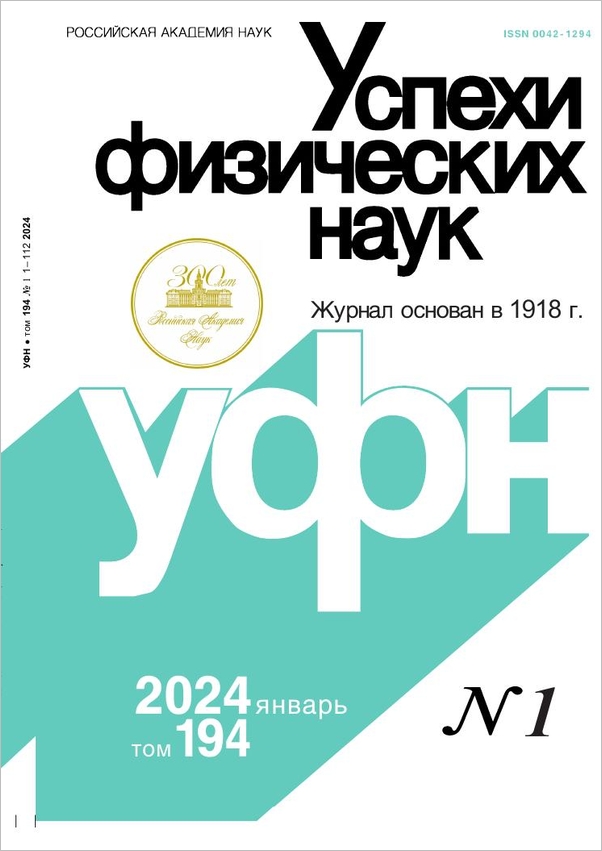|
This article is cited in 36 scientific papers (total in 36 papers)
REVIEWS OF TOPICAL PROBLEMS
Relaxation aspects of the liquid–glass transition
D. S. Sanditovab, M. I. Ojovancd
a Buryat State University, Ulan-Ude
b Institute of Physical Materials Science, Siberian Branch of the Russian Academy of Sciences
c Imperial College London
d Lomonosov Moscow State University
Abstract:
Relaxation theories of the glass transition and viscous flow of glass-forming melts are presented. The focus is on modern representations of the glass transition equation $q \tau_{\rm g}$ = $\delta T_{\rm g}$ that describes the appearance of a glassy state during cooling. Here, $q$=d$T$/d$t$ is the temperature change rate during melt cooling and $\tau _{\rm g}$ is the relaxation time at the glass transition temperature ${T}_{g}$. Various methods for calculating the characteristic temperature band $\delta T_{\rm g}$ during the liquid–glass transition are considered. The generalized equation for the dependence of $T_{\rm g}$ on the melt cooling rate is derived. Based on the model of delocalized atoms, a modified kinetic glass transition criterion is discussed. A generalized viscosity equation for glass-forming liquids is derived.
Received: January 17, 2018
Revised: March 27, 2018
Accepted: April 11, 2018
Citation:
D. S. Sanditov, M. I. Ojovan, “Relaxation aspects of the liquid–glass transition”, UFN, 189:2 (2019), 113–133; Phys. Usp., 62:2 (2019), 111–130
Linking options:
https://www.mathnet.ru/eng/ufn6235 https://www.mathnet.ru/eng/ufn/v189/i2/p113
|


| Statistics & downloads: |
| Abstract page: | 293 | | Full-text PDF : | 48 | | References: | 35 | | First page: | 5 |
|





 Contact us:
Contact us: Terms of Use
Terms of Use
 Registration to the website
Registration to the website Logotypes
Logotypes







 Citation in format
Citation in format 
